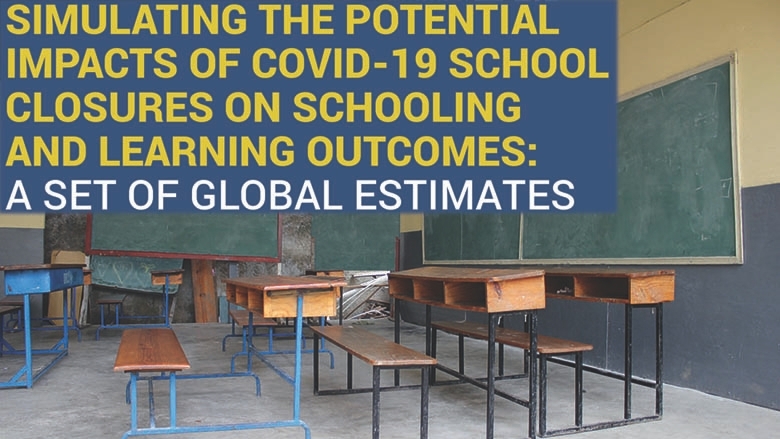School closures due to COVID-19 have left over a billion students out of school. Governments are pursuing a variety of approaches to mitigate school closures. At the same time, all countries are undergoing the largest economic contractions of our lifetime, reducing public budgets and household incomes. What effect might this perfect storm have on schooling attainment and learning?
This paper presents the results of simulations considering different lengths of school closure (3, 5, and 7 months) and different levels of mitigation effectiveness (mostly remote learning), resulting in an optimistic, intermediate, and pessimistic global scenario
